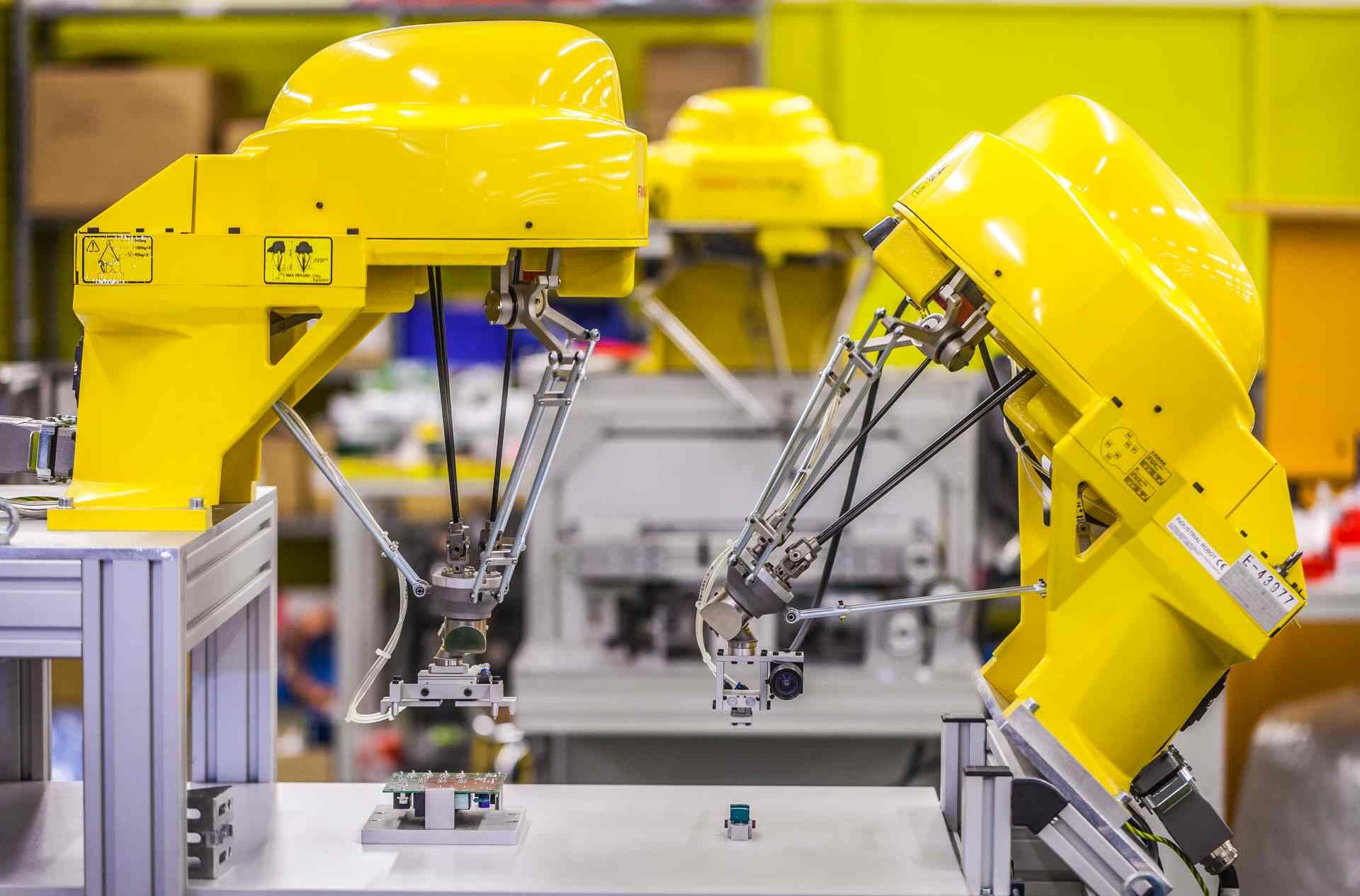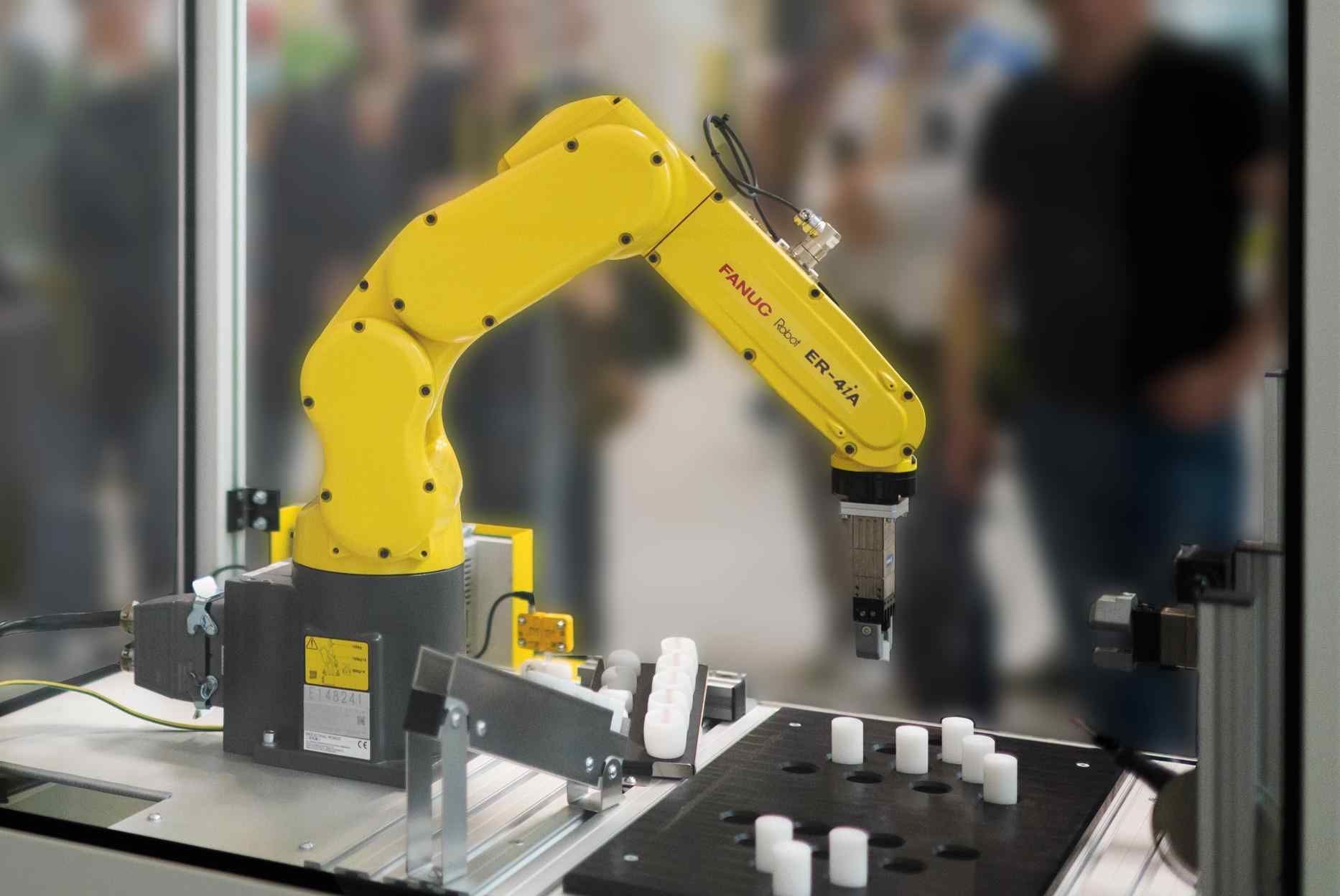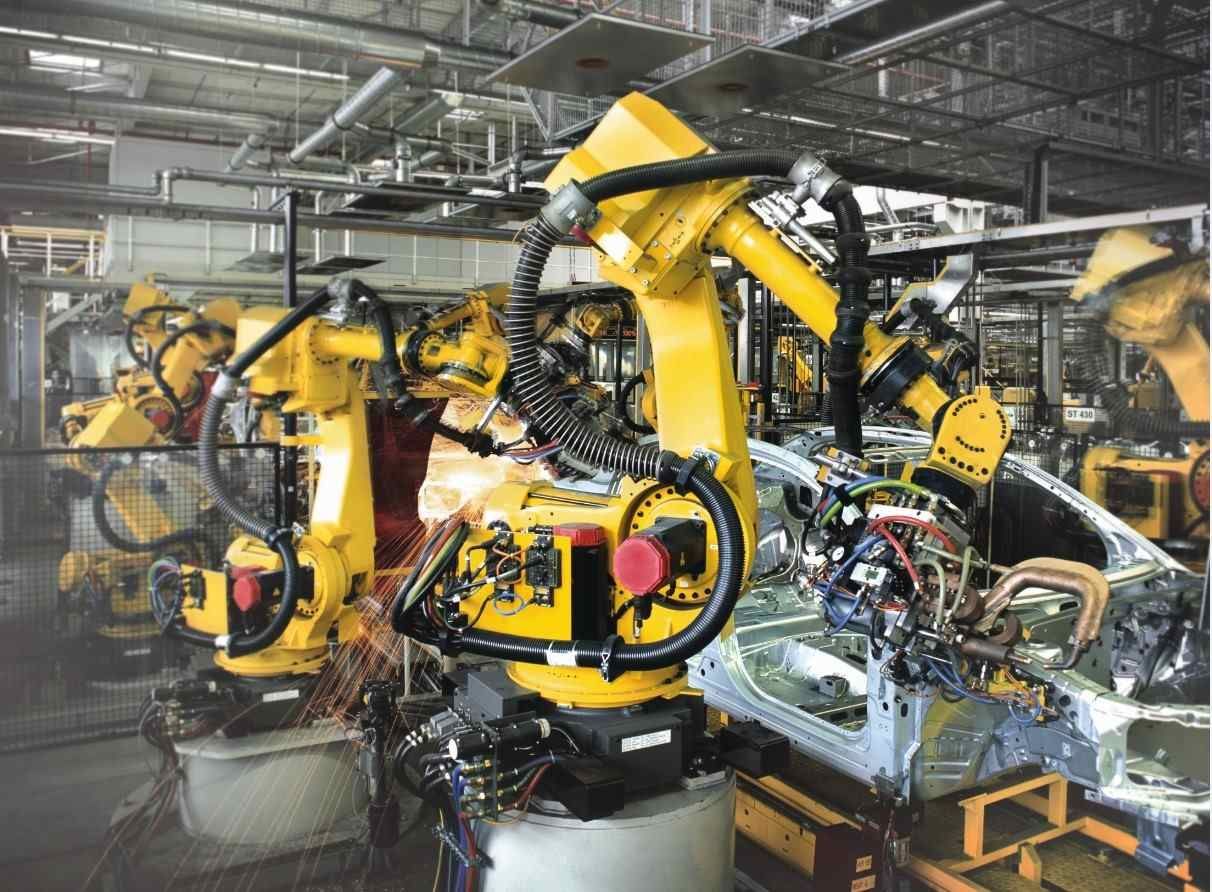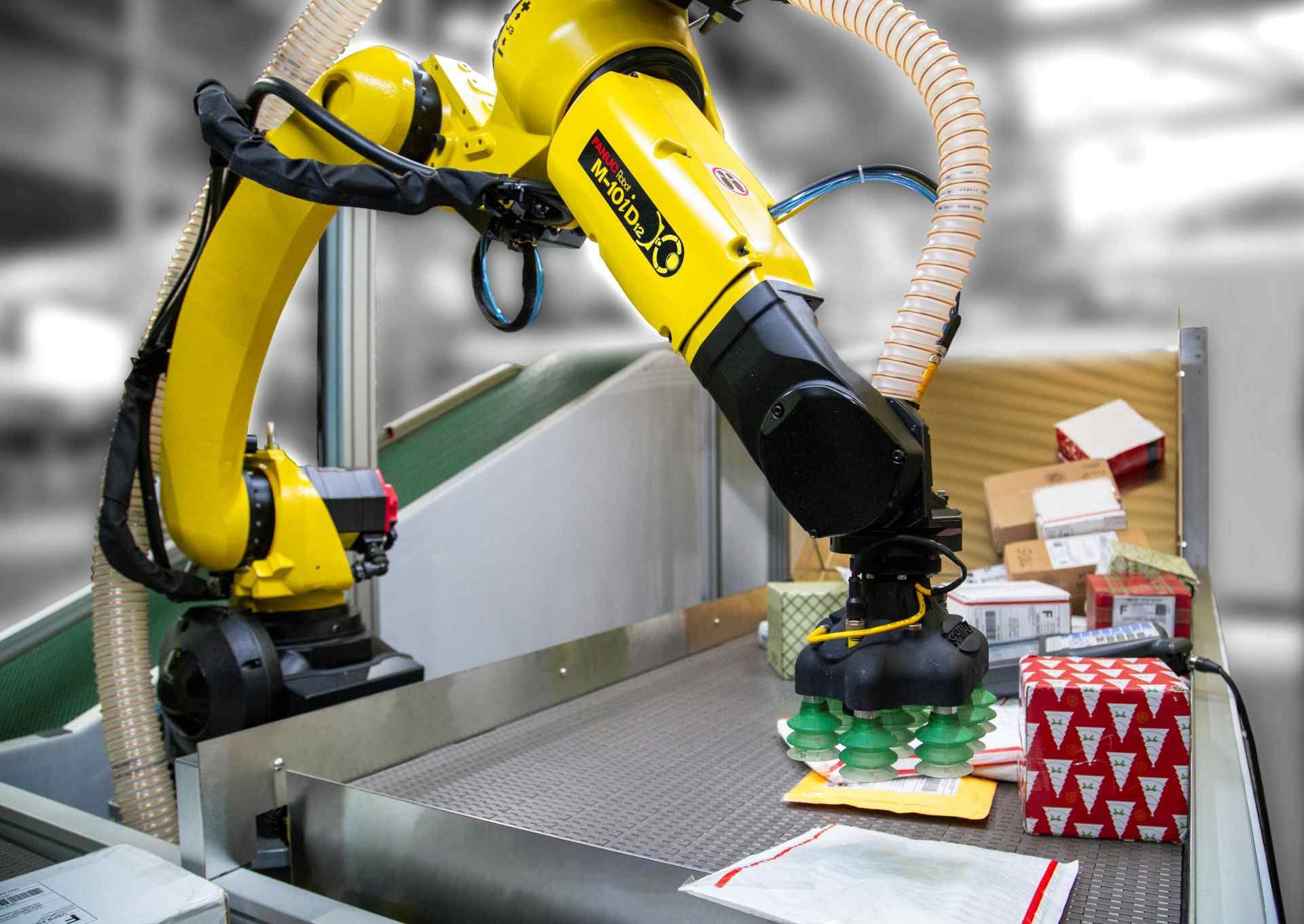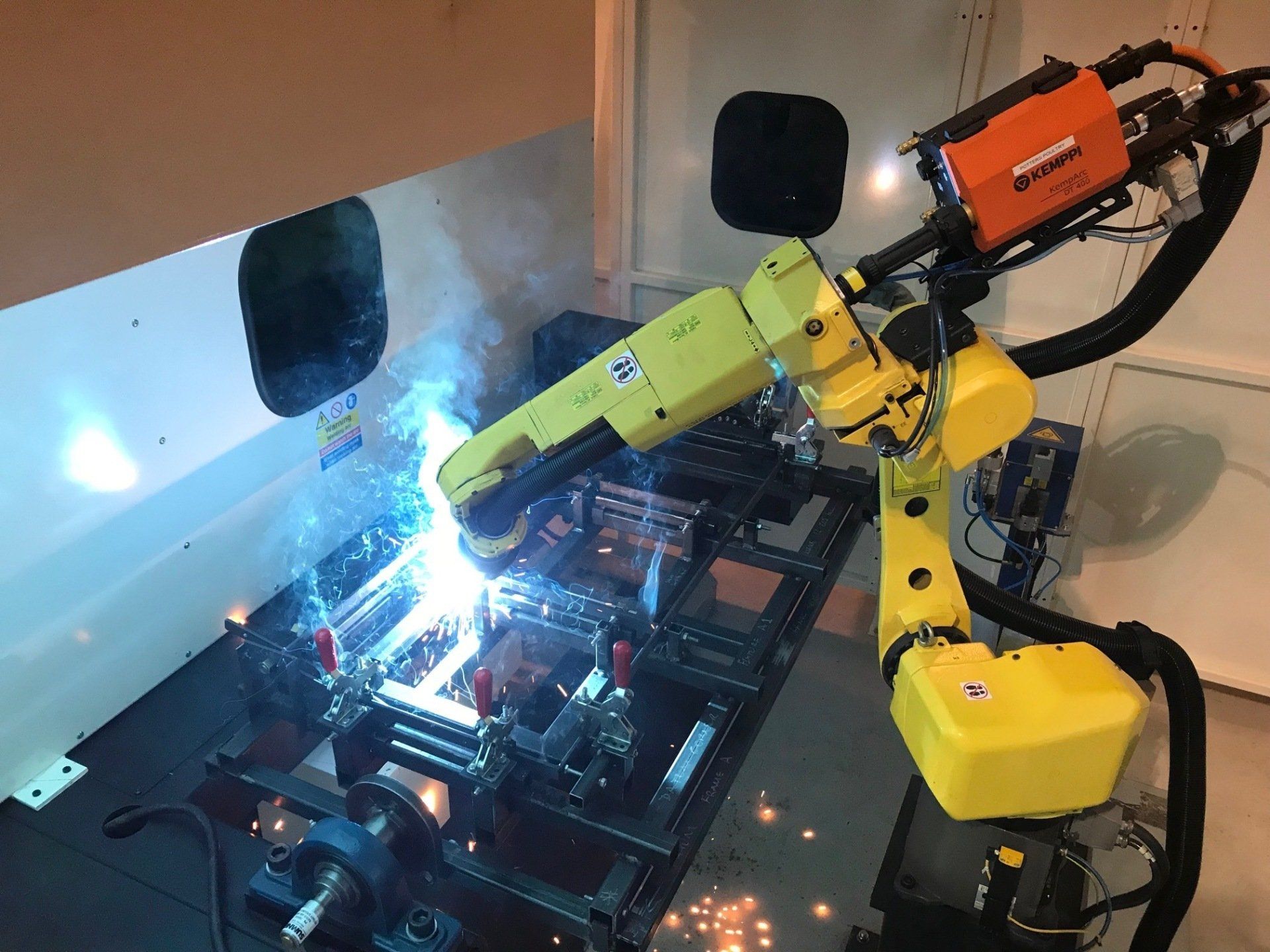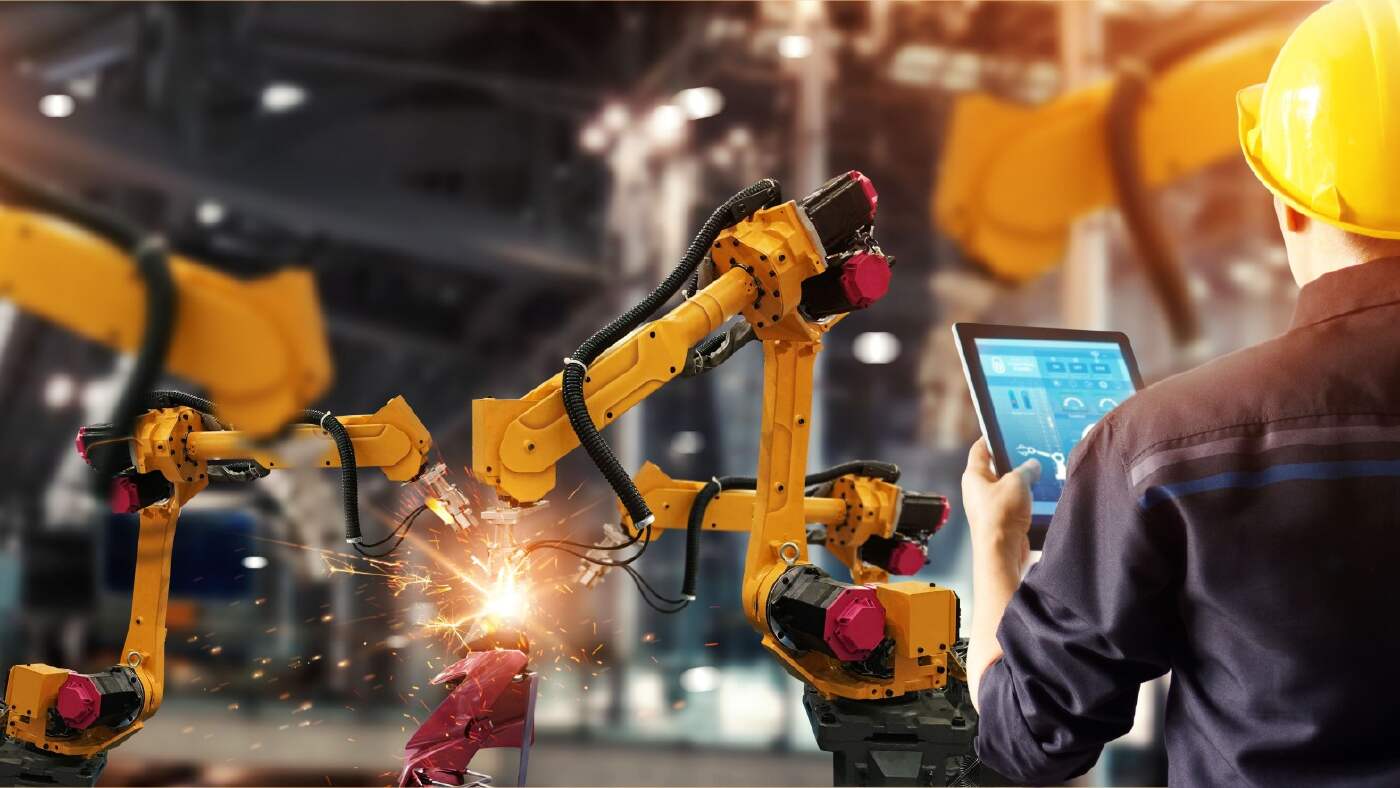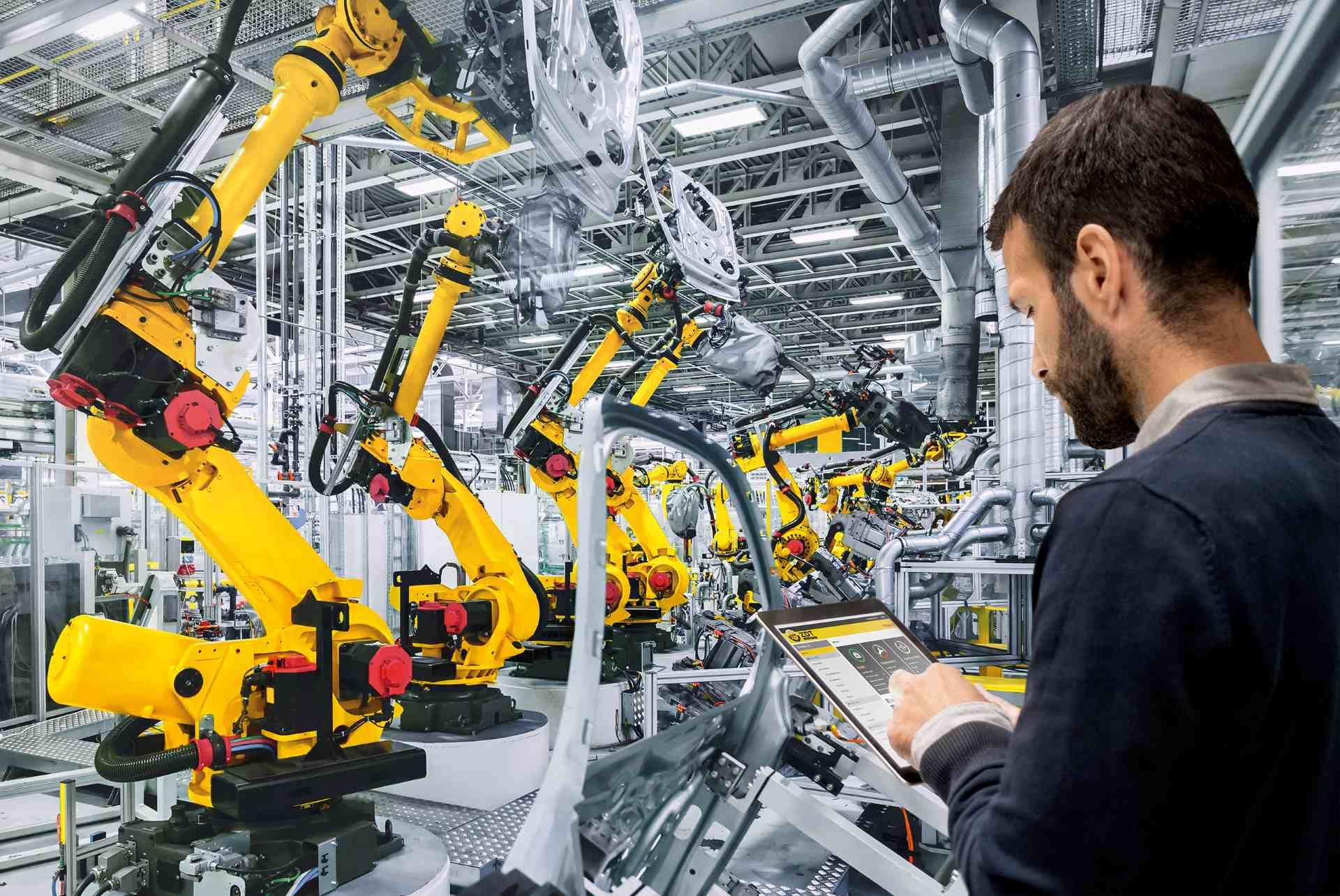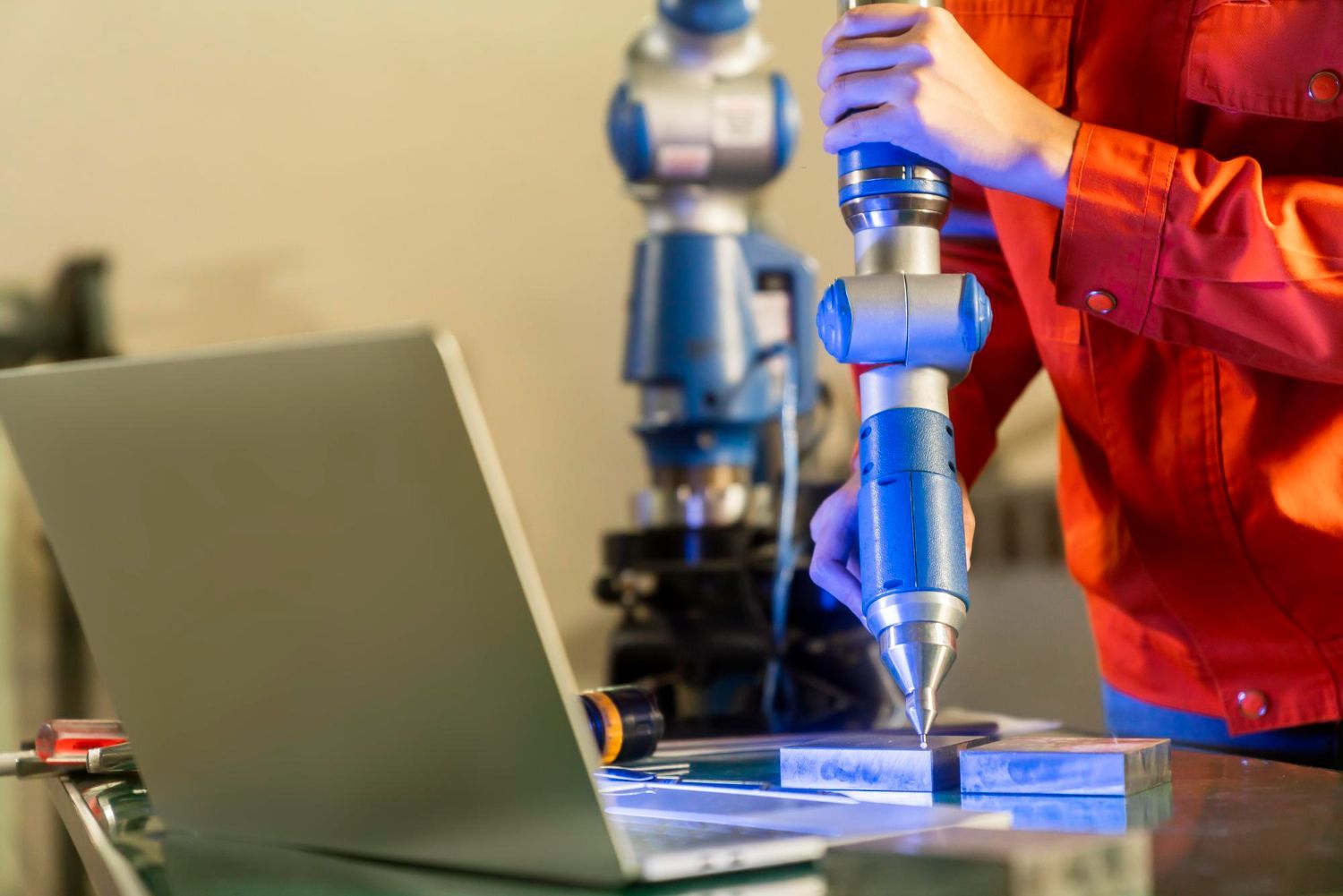Robotics in the Fabrication and Basic Metals Industry
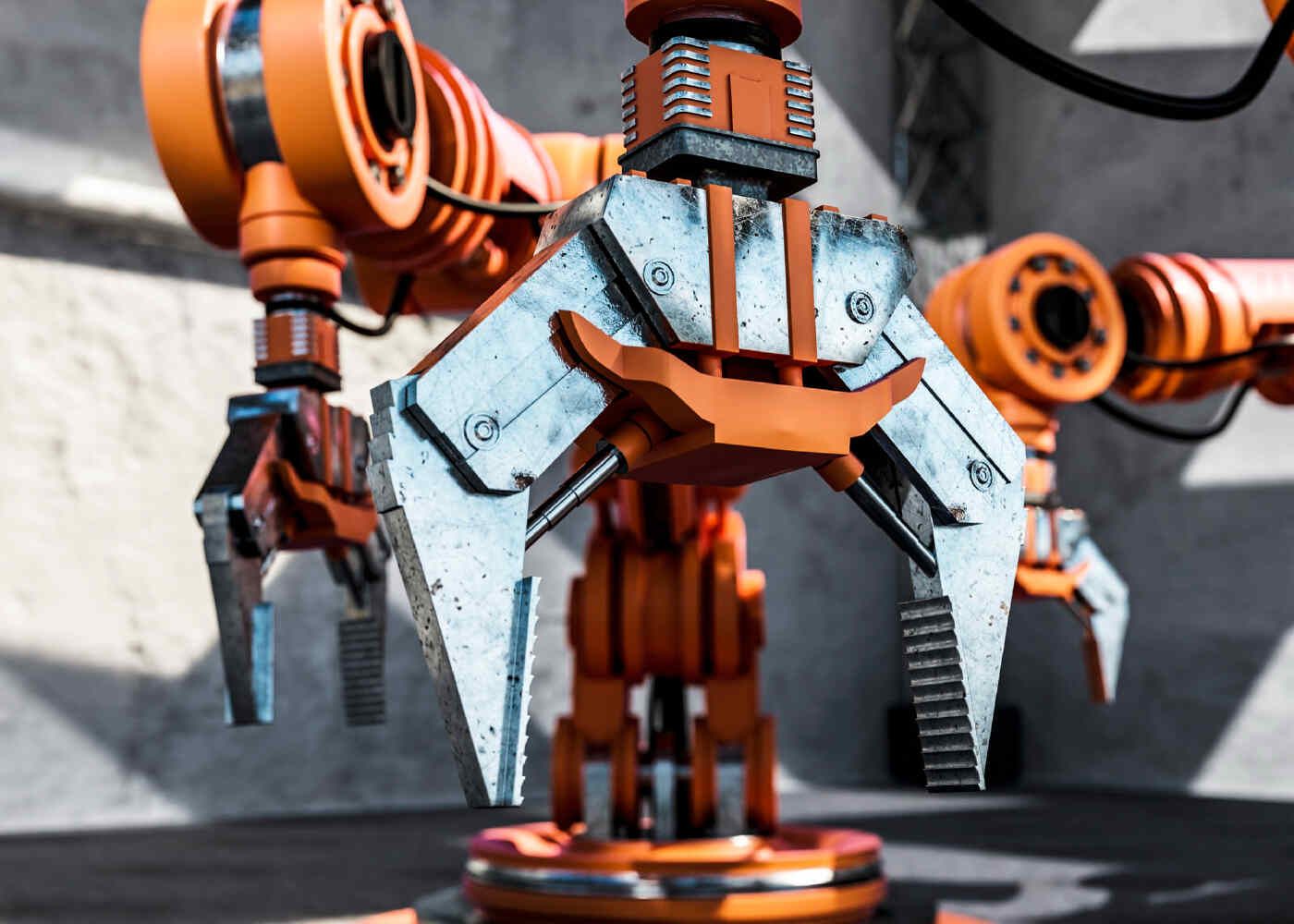
Metal fabrication using basic metals such as copper, tin and aluminium is an age-old process that’s now taking advantage of the benefits of robotics. Metal fabrication robots have the ability to speed up production processes, improve efficiency and reduce waste during manufacturing processes.
Robotic fabrication has the potential to change the industry for the better, with new robotic systems being continually developed to replace traditional, manual, metal fabrication processes. If you’d like to learn more about how robots are being used in the fabrication and basic metals industry, we’re here to explain everything you need to know.
How Are Robots Used in the Fabrication and Basic Metals Industry?
Metal fabrication is the process by which basic metals are processed or manufactured into usable metal products. This includes turning basic metals into sheet metals, metal parts and other metal materials that may then be used in further manufacturing processes to create working products. For example, a vehicle consists of multiple parts created through metal fabrication, including doors, chassis and mechanical metal parts.
Metal fabrication has been practised and developed since humans first began working with basic metals, such as bronze and copper, around 10,000 years ago. Metal fabrication typically requires basic metals to be cut, shaped and then assembled, a process that can now be performed autonomously with the help of robotic fabrication systems.
Robots can also help at almost any stage of the fabrication process, including:
Cutting
One of the most common tasks that fabrication robots are involved in is cutting. Robotic arms are typically designed to hold metal cutting tools, such as plasma cutters, and they can cut metal pieces and sheets into desired shapes and sizes.
Forming
Robot fabrication systems can be designed to form metals into different shapes. This important part of the fabrication process allows sheet metals to
be bent, shaped and formed into usable parts.
Inspection
Robots often undertake inspection tasks, such as measuring the final size of a piece of sheet metal or checking that a product fits the required shapes and patterns of the design. Inspection robots are an integral part of any automated quality control checks.
Material Handling
Robots are typically used in the production process to undertake material handling tasks. They might be designed to pick up large metal sheets or to handle potentially dangerous materials so humans don’t have to be put at risk.
Welding
Welding robots are commonly used in the metal fabrication industry, as they offer an effective alternative to manual welding that’s fast, reliable and safe. Welding tasks that fabrication robots perform include MIG, MAG, TAG and plasma welding processes.
What Types of Fabrication Robots Are Used in the Metal Industry?
A wide range of different robots can be designed and programmed to work in metal fabrication. They may work as stand-alone robots, carrying out specific tasks such as plasma cutting, or they might be designed to operate as part of a bespoke automation system.
The most common types of robots used in metal fabrication include:
- Articulated robots
- Cartesian robots
- Delta robots
- SCARA (selective compliance assembly robot arms) robots
What Are the Benefits of Metal Fabrication Robots?
The rise of fabrication robotics has been spurred on by the clear advantages that automation offers to companies working in the fabrication industry. This includes cutting down on wasted materials, saving on overheads and allowing businesses to operate 24/7.
Fabrication robots provide a number of advantages over traditional manual processes, including:
- Fabrication robots can operate 24 hours a day, 7 days a week, with no need for breaks or holidays.
- Robotic systems can improve efficiency on manufacturing lines, saving businesses both time and money.
- Metal fabrication robots can produce a higher quality product than humans, with consistent finishes and standards across all metals.
- Overall, companies can save money by investing in automation, as overheads are reduced and the quality of products and services improves.
- Manual workers no longer need to carry out potentially hazardous work or suffer from long-term injuries related to their working environment, as robots improve health and safety standards in the workplace.
Contact Cyber-Weld Today for More Information on Robotics in the Fabrication and Basic Metals Industry
If you’d like to know more about fabrication robots in the basic metals industry, our expert team of robotic engineers is ready to help.
Cyber-Weld provides a comprehensive range of robotic services, including designing an extensive array of bespoke robotic fabrication systems intended for industrial use.
Contact Cyber-Weld today to find out how we can help you.

